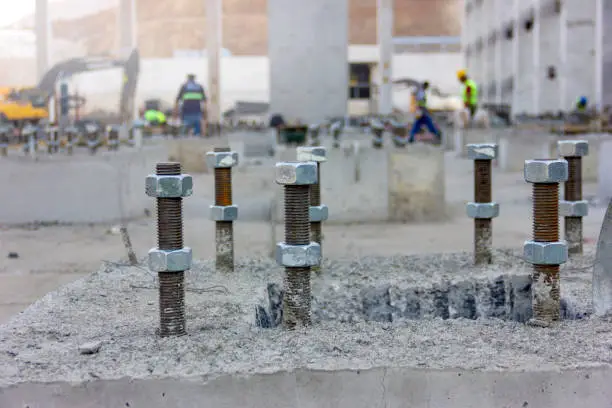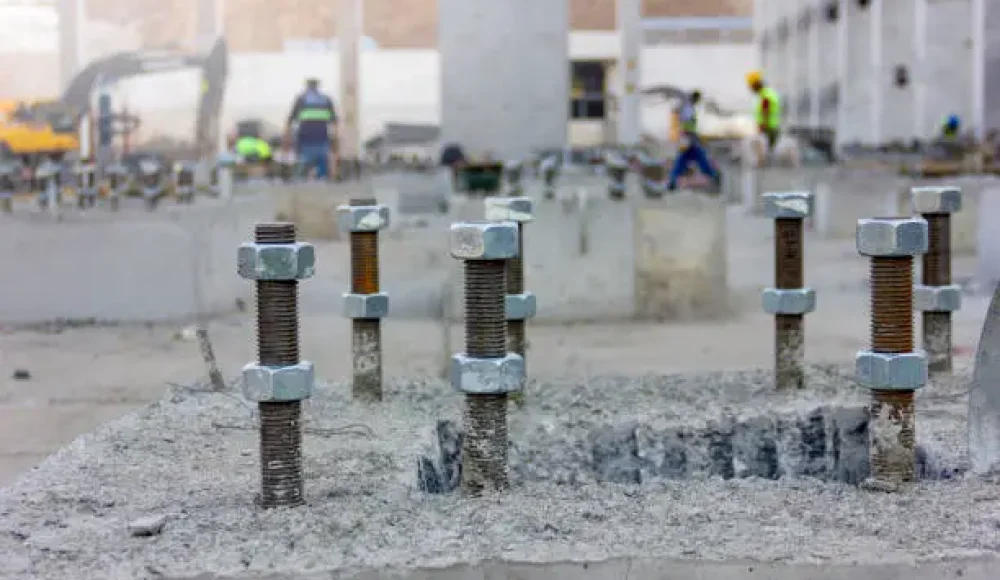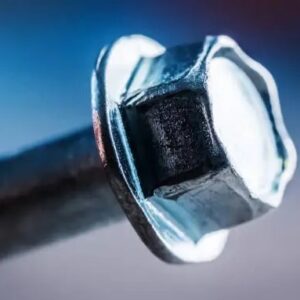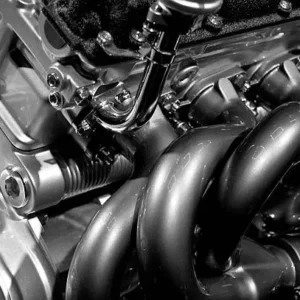In the rapidly evolving world of architecture, prefabricated buildings have gained momentum as a faster, more sustainable alternative to traditional construction. Jedoch, their success heavily depends on a class of highly engineered components: construction-grade special fasteners. These fasteners serve as the unseen backbone of modular systems, ensuring strength, precision, and long-term durability.
Why Prefabrication Needs Specialized Fasteners
Unlike conventional buildings, prefab structures are manufactured off-site, then assembled quickly at the final location. Therefore, each structural joint must be not only strong but also easily alignable, dismountable, and vibration-resistant.
Generic screws or bolts often fail to meet these conditions. Im Gegensatz, custom structural fasteners are designed for precision alignment, high shear resistance, and corrosion protection, allowing secure and repeatable connections even under dynamic loads.
Darüber hinaus, modular construction imposes unique mechanical stresses at each joint. Consequently, fasteners must accommodate multidirectional forces while remaining efficient to install.
Types of Special Fasteners Used in Prefab Systems
Construction-grade fasteners for prefabricated buildings include:
-
High-tensile bolts and anchor studs
-
Self-drilling screws with hardened threads
-
Panel-lock connectors and hidden interlocks
-
Seismic-resistant friction grip bolts
-
Thermal break fasteners for insulated wall panels
Each of these is engineered to fulfill specific roles depending on the material: steel frame, CLT (cross-laminated timber), SIP (structural insulated panels), or hybrid systems.
Enhanced Load-Bearing Performance
One of the major challenges in prefabricated buildings is maintaining structural rigidity under live and dead loads. Construction fasteners, especially those made from carbon steel or heat-treated stainless alloys, distribute forces evenly across modular segments.
Zusätzlich, custom thread profiles improve the grip in laminated and composite materials, reducing the chances of fatigue cracking over time. When combined with washer plates or embedded sleeves, these fasteners significantly improve the load transfer capacity of key joints.
Speed and Precision in On-Site Assembly
Prefabrication thrives on efficiency. Therefore, the right fasteners must allow tool-less or semi-automated installation, often within tight tolerances.
Modern torque-limiting fasteners or shear head bolts simplify this process. These components shear off at the correct torque level, eliminating manual verification. Meanwhile, color-coded thread coatings help teams identify correct placement in fast-paced settings, reducing installation errors.
As a result, construction teams can shorten assembly timelines without compromising structural accuracy.

Corrosion Resistance and Environmental Durability
Outdoor building joints face temperature extremes, humidity, salt exposure, and mechanical stress. Therefore, fasteners must resist not only corrosion but also galvanic action between dissimilar materials.
Advanced coatings such as:
-
Zinc-nickel electroplating
-
Epoxy-polyester hybrid finishes
-
Hot-dip galvanization with sealing layers
are commonly applied to ensure long-term resistance to rust, UV degradation, and chemical exposure. Zusätzlich, A2 or A4 stainless steel alloys are used in coastal or humid regions for structural fasteners to withstand decades of exposure.
Fire Safety and Thermal Expansion Considerations
Another critical factor is how fasteners behave under thermal stress. In modular steel and timber buildings, mismatched thermal expansion rates can weaken fastened joints.
Hence, fasteners with thermal break designs or insulated sleeves are deployed to prevent thermal bridging and structural warping. Some assemblies also use intumescent-coated bolts that expand in heat, sealing gaps and preserving structural integrity during fire events.
This thoughtful engineering elevates building code compliance, especially for high-rise or public-use prefabricated structures.
Applications Beyond Structural Connection
While load-bearing joints remain primary, specialty fasteners are also used in:
-
Facade anchoring systems
-
Panel alignment mechanisms
-
Mechanical and HVAC module integration
-
Solar panel mounting on prefab roofs
-
Floor leveling adjustment plates
This adaptability makes fasteners not just a connector, but a functional interface in modular design.
Customization and OEM Fastening Systems
At DAS, we understand that standardized parts rarely meet every prefab specification. Therefore, we offer OEM-level customization for:
-
Head design (hex, pan, dome, countersunk)
-
Drive systems (Torx, socket, anti-vandal)
-
Material hardness levels
-
Thread pitch and lead geometry
-
Assembly tools compatibility
Through CAD-based joint analysis and simulation, we help engineers select or co-design fastening systems that improve overall performance without inflating cost.
Abschluss: The Invisible Strength Behind Visible Efficiency
In conclusion, the rise of prefabricated construction relies not just on architectural modularity but on mechanical certainty at every joint. Fasteners may be small, but their impact is foundational.
By selecting construction-grade special fasteners, developers gain:
-
Faster build cycles
-
Greater structural consistency
-
Lower maintenance costs
-
Higher resilience in variable environments
As the prefab industry grows globally, reliable fastening becomes a core innovation, not just a supply item.
At CHE, we deliver engineered fasteners tailored to the demands of modular architecture, helping clients across infrastructure, housing, and commercial projects achieve smarter, safer, and faster construction.




